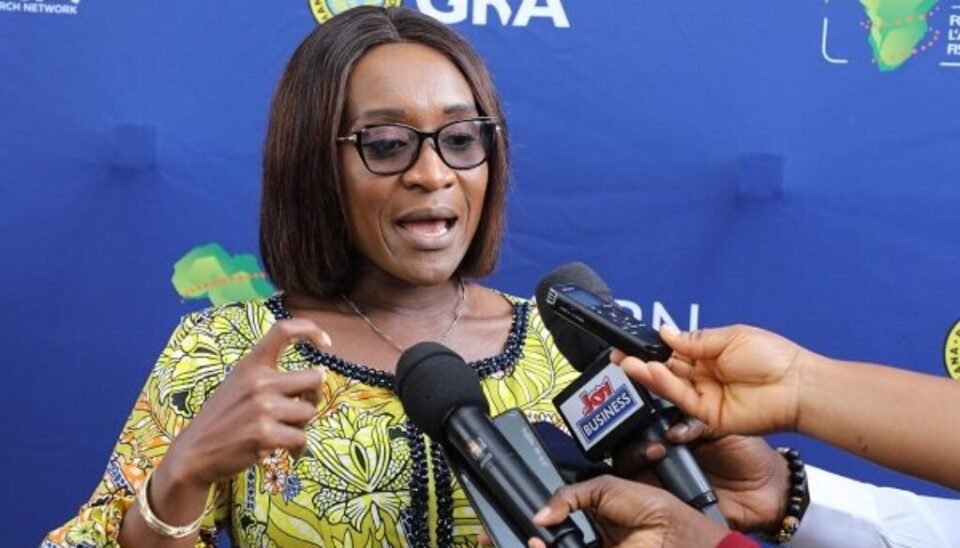Minister of State at the Finance Ministry, Abena Osei-Asare, has stated that the government is committed to enhancing tax compliance and reducing inefficiencies in the country’s tax system.
Speaking to the media on the sidelines of the 12th Annual International Tax Conference organised by the Chartered Institute of Taxation, Abena Osei-Asare emphasised that the government’s focus will be on improving the collection of Value Added Tax (VAT) and excise duties, among other revenue measures
She noted that plans by the government will be in tandem with the Medium-Term Revenue Strategy, which has been outlined by the Finance Ministry.
Abena Osei-Asare was responding to reports suggesting that the government might reintroduce its 15 percent VAT on electricity should disinflation trends persist
“We have a medium-term revenue strategy and the medium-term revenue strategy is on our website so clearly you can see where the government is charting. The most important thing is this…how do we raise the needed revenue? Wherever it is going to come from, how do we raise the needed revenue? That should be the main agenda and if we are going to improve the VAT collection to raise more revenue, we will do that.
“If we are going to improve the excise duty collections to make us raise more revenue, we will do that without necessarily having to increase those taxes. But we are going more on compliance and reducing inefficiencies because we believe there is so much to be done and once it is done without necessarily increasing taxes, we can rake in more revenue,” she said.
Meanwhile, Tax Analyst Francis Timore Boi also speaking to Citi Business News, called on the government to build consensus on the reintroduction of VAT on electricity.
“We have other countries that pay VAT on electricity and power but it may not be as high as 22%. Can we agree that instead of doing 22%, let’s do 5%, 2% or 1%?”


